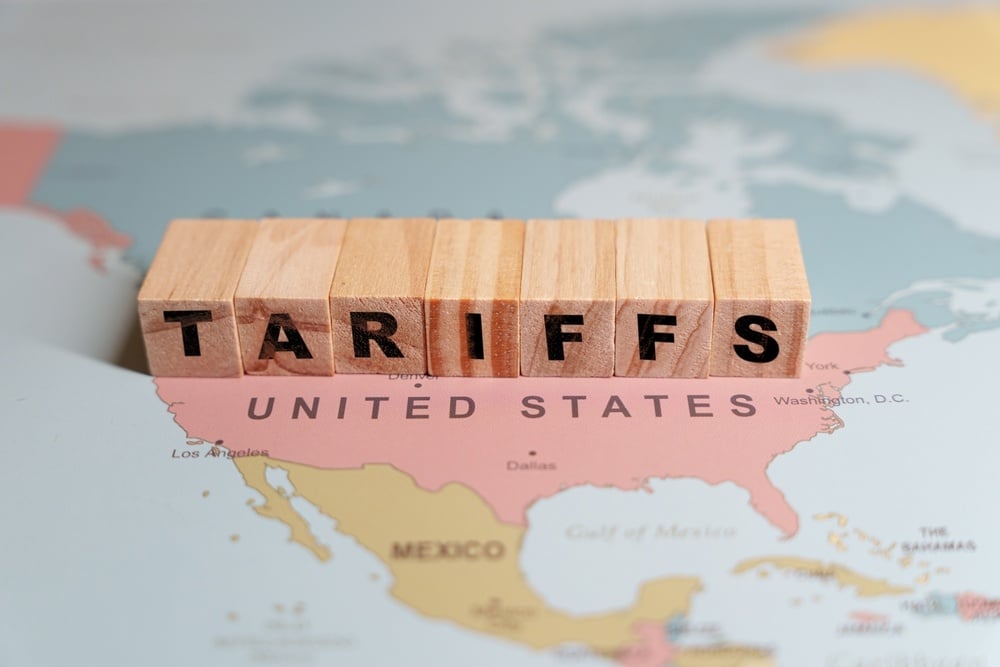Global Trade Tensions Rise as New U.S. Tariffs Trigger Retaliation
In a significant escalation of trade tensions, the United States expanded tariffs on steel and aluminum imports in March, reigniting concerns of a...
3 min read
Wei Wei & Co
:
Sep 24, 2025 9:15:00 AM

As nonprofits look beyond 2025, leaders face an environment marked by volatility, complexity, and opportunity. Federal policy shifts, economic uncertainty, philanthropic realignment, demographic changes, and digital transformation are reshaping how mission-driven organizations operate. These shifts aren’t uniform; their effects vary dramatically across different sectors.
Sectors such as healthcare, environment, and mental health are poised for growth due to rising demand and donor focus, while others—like arts, civil rights, and international development—are experiencing heightened scrutiny, unpredictable funding, and political challenges. Across the board, nonprofits are under pressure to prove measurable impact, adapt their business models, and sustain public trust.
For executives and boards, this is not simply a time for incremental adjustments. It’s a moment to strengthen financial resilience, invest in long-term planning, and deepen policy awareness to navigate new risks and opportunities.
Forecast: Challenging but vital
Forecast: Mixed, with growth potential
Forecast: Disruption and reform
Forecast: Shrinking U.S. support, rising global need
Forecast: Funding at risk; innovation required
Forecast: Stable but evolving
Forecast: Growing urgency and support
Forecast: Adaptive and responsive
Forecast: High need, politically sensitive
Forecast: Niche but resilient
|
Trend |
Impact |
|
Federal budget cuts |
Less predictable grants, more performance-based contracts. |
|
Workforce shortages |
Talent competition, wage inflation, burnout. |
|
Generational donor shifts |
Younger donors prefer transparency and recurring giving. |
|
Cybersecurity threats |
Growing risks of data breaches and fraud. |
|
AI and digital tools |
Efficiency gains, but also ethical and access concerns. |
The nonprofit sector is entering a period of transformation that will demand bold leadership, foresight, and transparency. While sector-specific challenges and opportunities differ, all nonprofits must build resilience, measure impact effectively, and maintain public trust. The organizations that thrive will be those that adapt with clarity and embrace strategies for sustainability and growth.
For deeper insights on how your organization can prepare for change and strengthen its financial and strategic foundation, explore our Insights page or contact us today.

In a significant escalation of trade tensions, the United States expanded tariffs on steel and aluminum imports in March, reigniting concerns of a...

Congressional Republicans achieved a significant milestone on May 22 when the House of Representatives narrowly approved comprehensive tax...

As the digital asset market grows, states are refining their approaches to taxing non-fungible tokens (NFTs). Washington recently issued...